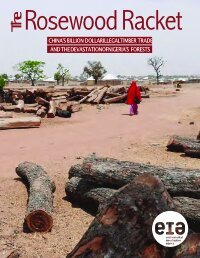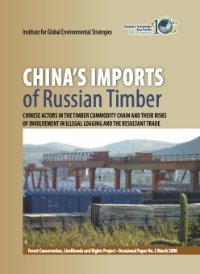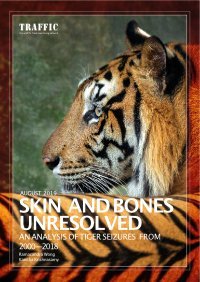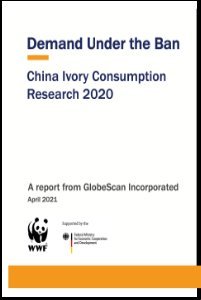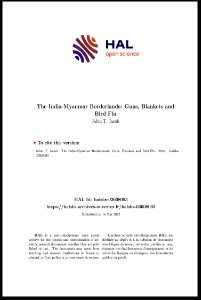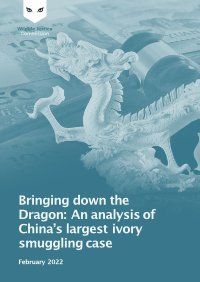By Faith Honor , Amanda Shaverand Devin Thorne
The trafficking of pangolins and their scales drives corruption, undermines the rule of law, creates public health risks, and even threatens local and regional security. Additionally, the illicit pangolin trade may have even played a role in onset of the COVID-19 pandemic.1 Critically, the trade—and all of its related challenges—appears to be growing: between 2015 and 2019, 253 tonnes2 of pangolin scales were confiscated, and the annual quantity of pangolin scales seized increased by nearly 400%. To expose the logistics of how these scales are trafficked internationally, Tipping the Scales uses publicly available seizure data and investigative case studies. The global plight of pangolins is increasingly well-known, but less understood are the opaque supply chains that enable pangolin trafficking. To trace this illicit system from consolidation hubs in West and Central Africa to China’s consumer markets, Tipping the Scales analyses 899 pangolin seizures. Drawing on C4ADS’ Wildlife Seizure Database, law enforcement partner seizure data, official government documents, corporate data, and expert interviews, the report details how traffickers nest their activities within licit systems of trade and commerce. To disrupt this trade, C4ADS identifies opportunities for intervention and capacity building.
In Section I, the report finds that pangolin scale traffickers have co-opted bushmeat supply chains and legal breeding programs for their illicit activities. Bushmeat scale trafficking supply chains are particularly prominent in Central and West Africa; 72% of African scale seizures over the last five years have come from those regions. Growing demand for pangolin meat and scales has made pangolins a dual-transaction good3 that relies on transport networks between rural areas and urban and coastal distribution hubs. Further, the report finds that pangolin breeding programs in sub-Saharan Africa obscure the lines between poaching, conservation, and science. In Section II, the report finds that bulk pangolin scale shipments often exit the continent through coastal countries in Central and West Africa. While 70% of intercontinental trafficking instances tied to Africa rely on the air transport sector, 81% of the total weight of pangolin scales are trafficked intercontinentally via the maritime transport sector. China and Hong Kong are the trade’s most prominent destinations. Since 2015, 42% of the 195 tonnes of pangolin scales seized throughout Asia originated in Africa and were seized in or bound for China or Hong Kong. In Section III, the report finds that there are more than 1,000 companies, hospitals, and other entities participating in China’s legal market for medicinal pangolin products. In this market, which allows companies to privately stockpile pangolin scales, traffickers exploit lax regulations to sell scales from Africa and Asia. Government-reported pangolin scale consumption quotas, geo-tagged company data, and seizures suggest that Guangdong and Hunan provinces have relatively high levels of exposure to both the legal pangolin market and pangolin trafficking. Based on these findings, Tipping the Scales makes 10 recommendations to increase detection of and improve enforcement against transnational criminal networks operating in Africa and Asia (see page 58).
Washington, D: C4ADS, 2020. 60p.







